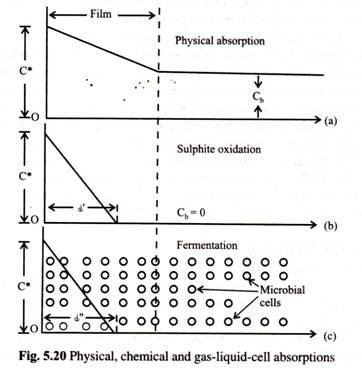ADVERTISEMENTS:
The following points highlight the six main stages of mitosis cell division. The stages are: 1. The Interphase Stage 2. The Early Prophase Stage 3. The Late Prophase Stage 4. The Metaphase Stage 5. The Anaphase Stage 6. The Telophase Stage.
1. The Interphase Stage:
The slide shows Interphase stage which is characterized by the following features (Fig. 19).
(1) The nucleus is conspicuous and large and nuclear membrane is also intact and nucleolus quite large.
ADVERTISEMENTS:
(2) The chromosomes are thread like and appear as a network.
(3) In this stage active protein synthesis and nucleic acid duplication takes place.
2. The Early Prophase Stage:
The slide shows early prophase stage which is characterized by following features (Fig. 20).
(1) The nucleus is intact, large and prominent and nuclear membrane is also intact.
(2) The nucleolus is large and conspicuous.
(3) The chromosomes appear as long thread like structures.
3. The Late Prophase Stage:
It is the slide of late prophase of mitosis & it is characterized by the following features (Fig 21).
(1) The nuclear membrane or envelop has been broken down and nucleolus has disappeared.
(2) The chromosomes are now visible as thick rods and each has divided into two chromatids.
(3) Spindle fibres are also visible.
(4) Both centrioles have reached the opposite poles.
4. The Metaphase Stage:
ADVERTISEMENTS:
The slide shows metaphase stage of mitosis which is characterised by following features (Fig. 22 & 23):
(1) Spindle fibres are faintly visible.
ADVERTISEMENTS:
(2) Chromosomes are arranged in a row on the equator of the spindle.
(3) The nuclear membrane and nucleolus are absent.
(4) Each chromosome has splitted longitudinally into two identical chromatids attached at centromere only.
ADVERTISEMENTS:
(5) Theoretically the centromere of chromatids are attached to spindle fibres and the arms of the chromatid are directed towards opposite poles.
5. The Anaphase Stage:
The slide shows anaphase stage of mitosis which is characterized by following features (Fig. 24 & 25):
(1) The centromeres of two chromatids are now separate and are connected to independent spindle fibres of respective side but the chromatid’s arms have reversed their direction and are now facing towards equator.
ADVERTISEMENTS:
(2) The chromatids appear as V, L or J shaped.
(3) The spindle fibres have started contracting and thus the chromatids have also started separating from each other and moving towards respective poles.
(4) The nuclear membrane and nucleolus have not yet appeared.
6. The Telophase Stage:
The slide shows Telophase stage which is characterized by following features (Fig. 26):
(1) The chromatids have reached the poles and have started showing uncoiling.
ADVERTISEMENTS:
(2) The chromatids at this stage appear slightly elongated & thread like.
(3) The nuclear membrane has reappeared and so also the nucleolus. As such two daughter nuclei are visible.








